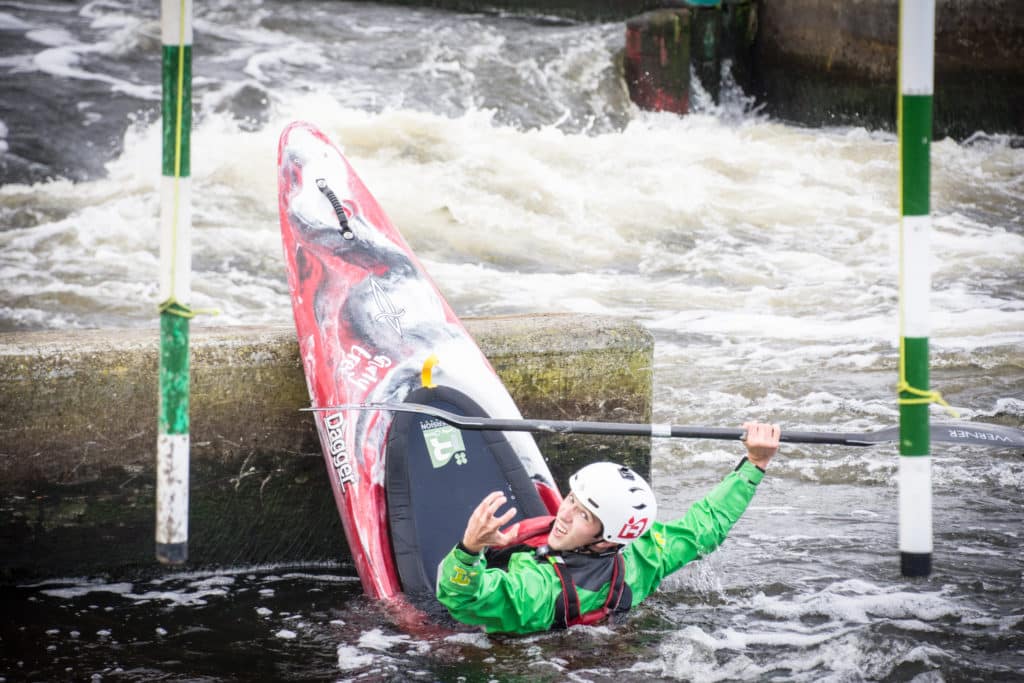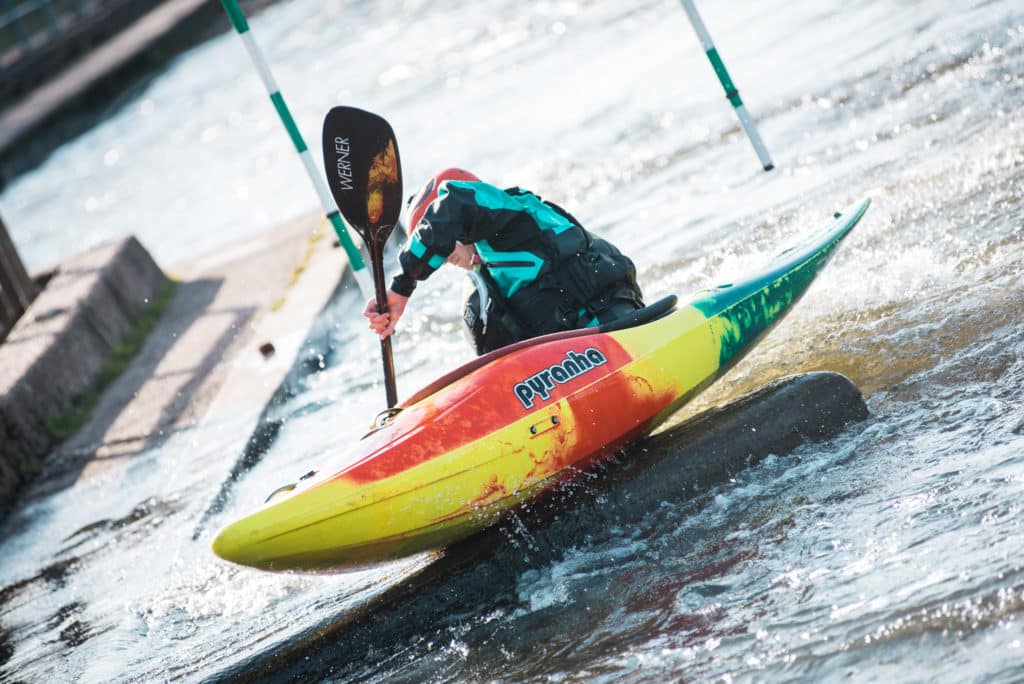The RPM is fine, I suppose!
Author: Matthew Brook
A Coaching Opinion piece:
Before you close this article in disgust, hear me out! I used to be the biggest proponent of the RPM there was. I got in early on the recent resurgence of RPM-fever with a beautiful raspberry ripple number. I loved that boat, basically abandoning creekboats and playboats in favour of the one-size-crushes-all machine that is the RPM. I surfed in it, raced creeks in it, span myself dizzy with tailies, stared endlessly at the sky. And I loved it to bits.

But I don’t have an RPM any more. I think the boat had its time and place, but I have moved on, and honestly I believe we all should! Here are the main reasons why I moved away from the long-standing fan-favourite half-slice!
For starters, I plateaued. Paddling basically nothing but the RPM brought me to a place technically and tactically where I was not progressing as a paddler. Far from it. If anything, I was regressing – becoming more conservative and predictable in my paddling.
First off, let’s talk tactics. When approaching a rapid, my body had already pre-determined either the conservative line (because it was a scary rapid to run in an RPM) or the “fun line” (because I wanted to see a friendly bit of sky). Over time, this attitude produced an unhealthy mentality – “avoid the fear”, “conservative is fun”. Whilst I definitely don’t buy into the whole “pushing the envelope” attitude prevalent in certain sectors of our sport, I do think that personal progression through engaging with fear has to occupy a meaningful proportion of our paddling time. In the RPM, I began to find this impossible.
"I began to realise that the RPM encourages a fairly lazy style of paddling"
As to technicality, I began to realise that the RPM encourages a fairly lazy style of paddling. In part, this relates to my next point about feedback. Without question, you can crank the stern down and overboof the RPM like a champion, but I would venture to suggest that most RPM-users are far more familiar with the sensation of water spilling over the deck – there’s a reason the phrase “plug is the new boof” became popular! Over time, the effort required to paddle an RPM cleanly, much more akin to the aggressive, high-pace style of a slalom paddler will push users in the opposite direction. At least for myself, I found that I would accept lack-lustre boofs, unsatisfyingly damp descents and accidental beatdowns, because they were all easier than getting the RPM on line and driving.
Secondly, the lack of kinaesthetic feedback. There’s no denying the confident satisfaction of a well-executed stern pirouette or cartwheel. In these instances, most of the kinaesthetic feedback the paddler receives is stemming from their own body and senses, not from the boat. By contrast, while surfing or boofing, for instance, kinaesthetic feedback comes via the hull. Controversial as it may be, I want to argue that the long, round hull of the RPM does not do this well. Being a displacement boat, it dampens or flatly ignores the impact of the water around it. The RPM is not a responsive boat, certainly by comparison to anything with a planing hull. There is a reason boat technology has moved this way, particularly in the slice-boat realm. Planing hulls generate positive feedback, allowing a paddler to move with dynamism and fluidity in the water.

Finally, if you’re going to go half-slice, get a modern one. If you want to play properly, get a full-slice! If you are seeking pure river-running ability, then why settle for an unresponsive, decades-old design when you could have 9-feet of snappy, responsive edges? More to the point, however, you cannot have more fun on the river than you’re going to experience in a full-slice. Why stop at just stern pirouettes, when you could be wheeling and slicing your way down every rapid?
Maybe saying that we all need to abandon our RPMs is overkill. I still think they are beautiful boats and have a distinct place in whitewater history and in a paddler’s quiver, but I think we need to move away from the idolisation of them. If you want to keep one as a cheap, indestructible slalom training boat, you could not ask for better! But if you want a progressive river-runner or even a fun-maximising downriver freestyle machine, I firmly believe that there are better options.
